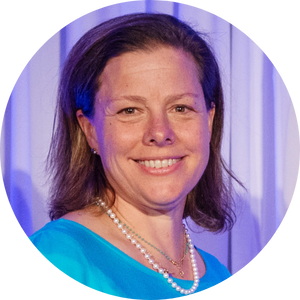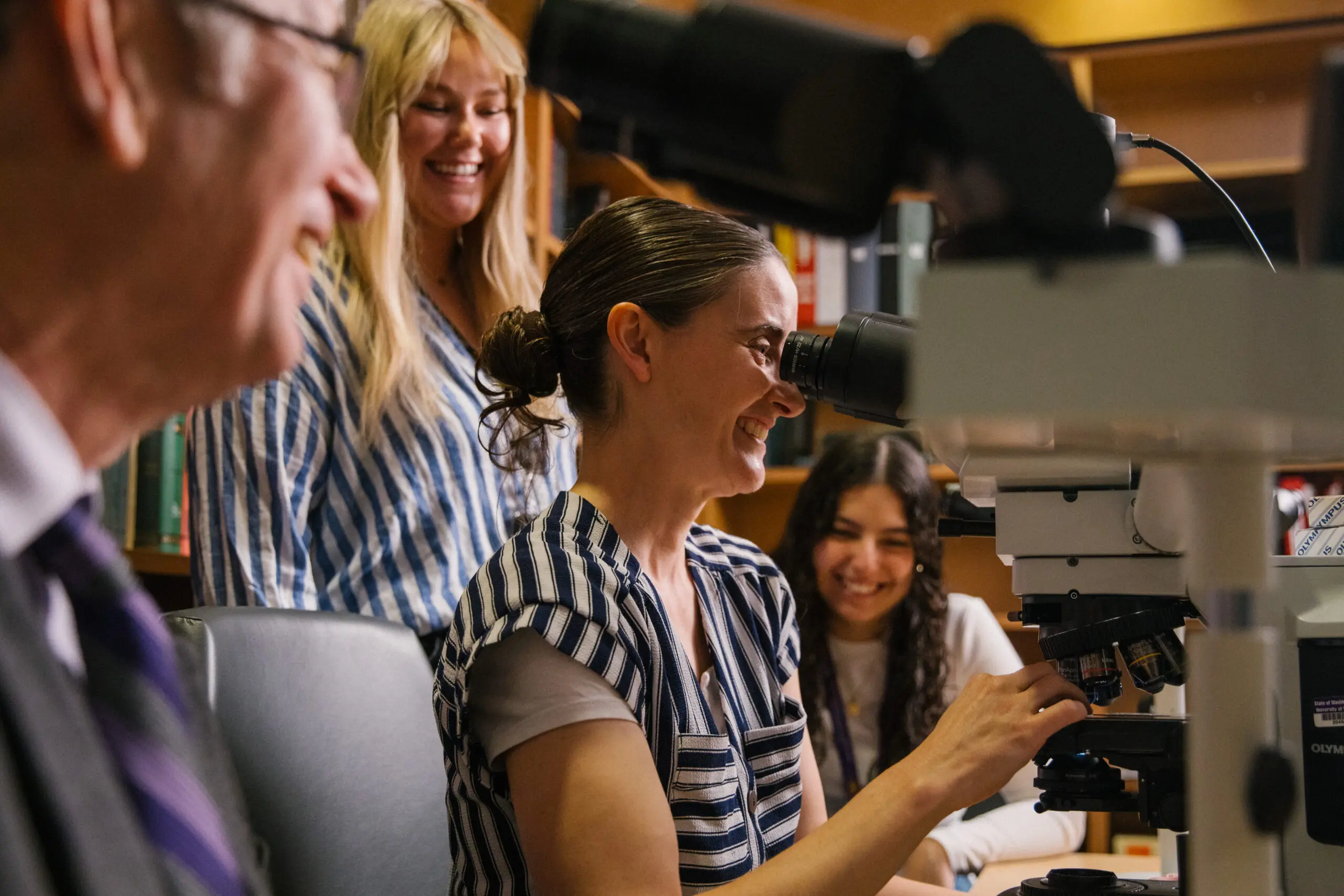
Marion Pepper, PhD
Since 2017, the Brotman Baty Institute for Precision Medicine (BBI) — co-founded by UW Medicine, Fred Hutchinson Cancer Center and Seattle Children’s with generous gifts from Jeff and Susan Brotman and Daniel and Pamela Baty — has been a catalyst for research collaborations that launch innovative technologies at the forefront of genetics and precision medicine.
Now, the BBI is playing a key role in the Seattle Hub for Synthetic Biology (SeaHub), a new, landmark collaboration between the University of Washington, the Allen Institute and the Chan Zuckerberg Initiative.
At SeaHub, scientists at BBI and the Allen Institute will build on groundbreaking technology that turns living cells into devices for recording complex biological information by encoding it as DNA sequences that are written to the genome.
UW Medicine researchers Jay Shendure, MD, PhD; Marion Pepper, PhD; Cole Trapnell, PhD; and Robin Prentice, PhD, will lead the UW research arm of SeaHub from the BBI, where Shendure is scientific director. Shendure will also serve as the lead scientific director of SeaHub, which will also have a research arm at the Allen Institute.
“The approaches that SeaHub is developing have the potential to be transformative,” says Shendure.
Revealing a cell’s life story
SeaHub’s mission is to build new technologies to record the history of cells over time. Current methods of understanding cell processes rely on microscope imaging or sequencing a cell’s entire genome. But these methods require destroying the cell to extract data, and they capture only a single moment in time.
Instead, SeaHub researchers are developing an entirely new approach for chronicling the changes that cells go through. They’re designing cutting-edge technologies that will record genomic changes in millions of cells simultaneously. These DNA recordings can potentially reveal a cell’s life story — including the chain of events that causes a healthy cell to progress into disease.
“We aim to recover the full autobiography of each cell, rather than only the last page,” says Shendure.
One of the recording technologies developed by Shendure’s team, known as DNA Typewriter, uses gene-editing tools to encode short snippets of DNA in chronological order along a molecular string like keystrokes on a typewriter.
Immune cells were chosen as one of the first priorities for this technology because they interact with every organ. As the motion of our muscles moves immune cells through the body, the cells monitor potential threats and protect us from infection — from viruses and bacteria to allergens and even cancer.
“We can create immune cells that can record what they perceive as they travel through the body,” says Pepper, chair of the UW Department of Immunology. Her lab studies immune memory (when the immune system “remembers” an allergen and responds more robustly the second time it encounters that allergen) to learn how to design better vaccines.
For example, during the pandemic, the Pepper lab discovered that hybrid immunity — found in people who have experienced both vaccination and infection — was stronger, and more broadly protective against COVID-19 variants, than either immunity from vaccination or infection alone. Discoveries like this can lead to improvements in how vaccines are formulated and delivered to maximize their effectiveness.
The SeaHub collaboration brings together leading scientists from many disciplines who will lend their expertise to developing these new technologies. Shendure’s cell-recording research will bring new insights into the changes that cells go through over the course of a disease.
Trapnell, a professor in the UW Department of Genome Sciences, will use AI and deep learning to develop software and tools to analyze genomic data in the recorder cells. In turn, their discoveries will inform Pepper’s work on designing better vaccines and programming immune cells to fight off pathogens more effectively.
“We could reprogram the cells to act as a therapeutic by turning off some of the functions that are causing disease and turning on beneficial functions instead,” says Pepper.
Working together to increase our impact
Seahub’s initial goal is to fully develop their cell-recording technologies into research tools, such as a recorder mouse.
In the longer term, Seahub researchers hope their work will transform how scientists use DNA to study the role of cells and genes in human health, including a wide range of research, diagnostic and clinical applications. They plan to share their findings widely with the scientific community, fueling progress in labs throughout the region and around the world.
They also want to help train the next generation of scientists, offering postdoctoral fellowships and support for labs that want to be part of SeaHub’s work.
“Donor support can really speed up the rate at which we’re doing this,” says Pepper. “The more labs we have focused on these questions, the more efficiently we can get to a point where we can use these cells for both recording and therapy.” Philanthropic support, like the Brotman and Baty families’ founding investment in the BBI, is a catalyst for rapidly advancing high-risk/high-reward research as well as serving as a bridge to more traditional sources of funding.
“We at SeaHub are fortunate to have world-class researchers with complementary strengths collaborating to help create something unique,” says Shendure.
The launch of SeaHub marks a critical moment in Seattle, say its leaders. There’s an energy and momentum in our scientific community that the collaboration can leverage to make a collective impact far greater than the individual institutes could achieve on their own.
“Seattle has the scientific innovation, expertise and willingness to work across disciplines and collaborate that is creating this really unique environment,” says Pepper. “We’re fostering a whole community of people who are excited about working together to apply technological advances to applications of human health.”
Written by Stephanie Perry


